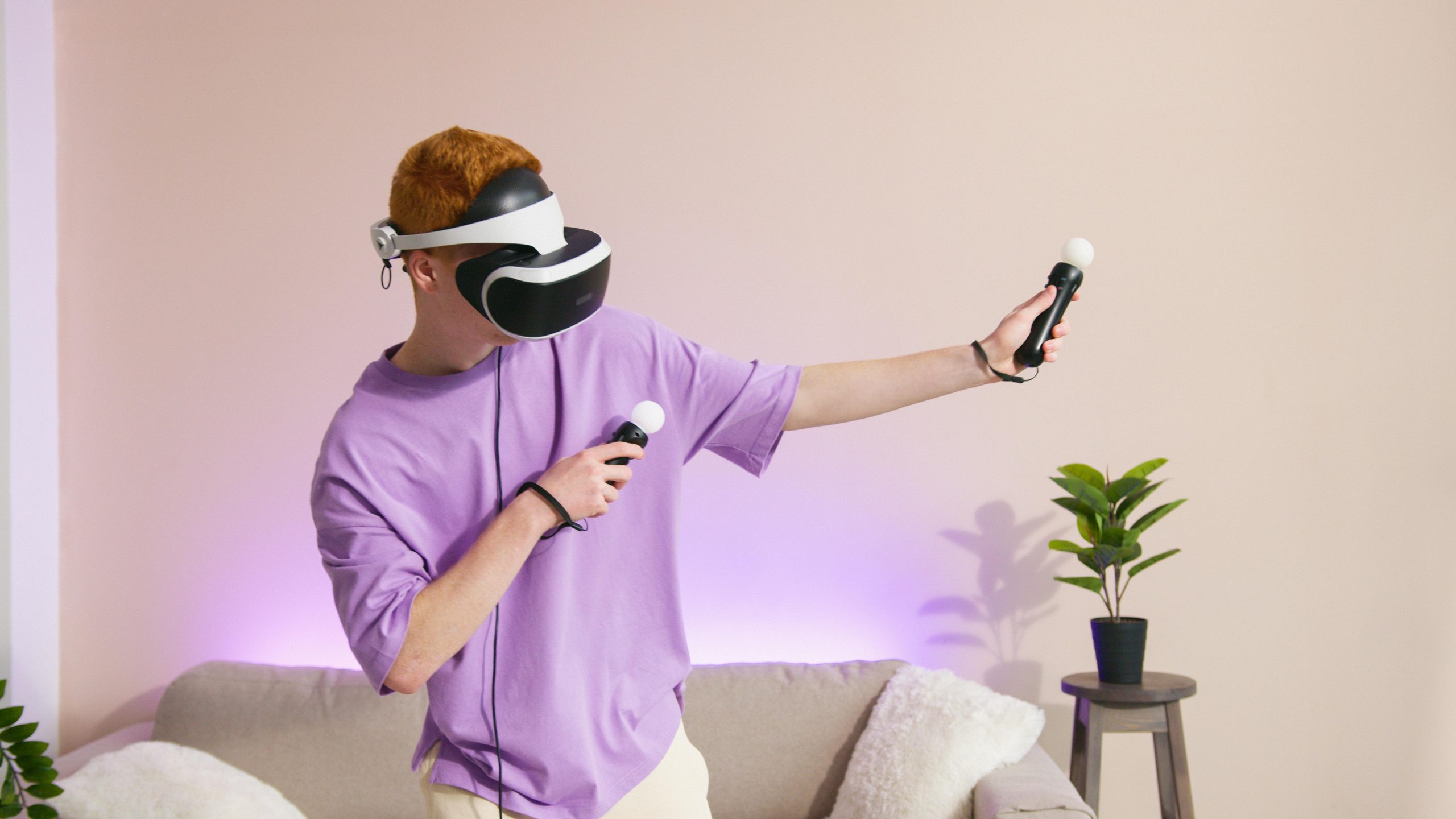Explore the remarkable journey of virtual reality technology as it evolves from its gaming origins to transformative applications in healthcare. Witness how VR has revolutionized multiple fields, changing the way we interact with digital environments and enhancing our lives in unprecedented ways.
Virtual reality (VR) has emerged as a groundbreaking technology, revolutionizing the way we engage with digital worlds. Initially developed for gaming and entertainment, VR has now found applications in diverse areas, including healthcare.
The evolution of VR has been marked by significant advancements in hardware, software, and application development. From early bulky headsets and basic graphics to today’s sophisticated and immersive experiences, VR has rapidly advanced in a short time.
Gaming: The Entry Point of Virtual Reality
When VR technology first appeared, it was closely linked to the gaming industry. Video game developers eagerly adopted VR to create more immersive and interactive experiences, leading to the birth of VR gaming.
Early VR games, though simple by today’s standards, laid the groundwork for the future of virtual reality. Players could step into digital worlds and experience environments like never before, thanks to the sensory immersion VR provided.
As hardware improved and developers refined their skills, VR gaming became increasingly popular, attracting a devoted fan base seeking new and innovative experiences. The success of VR in gaming set the stage for its expansion into other sectors, including healthcare.
Healthcare: Revolutionizing Patient Care with Virtual Reality
While VR technology initially thrived in gaming, its potential to revolutionize healthcare soon became evident. Healthcare professionals recognized VR’s value in training, therapy, and patient care, leading to a significant shift in the medical field.
VR simulations allow medical students to practice surgical procedures in a realistic yet safe environment, enhancing their skills and confidence before working with real patients. Patients undergoing painful treatments or therapy can benefit from VR experiences that distract and relax them during procedures.
Additionally, VR has opened new possibilities in mental health treatment, providing therapeutic interventions for conditions such as anxiety, PTSD, and phobias. By immersing individuals in virtual scenarios that evoke their fears or triggers, therapists can guide them through exposure therapy in a controlled setting.
Immersive Training and Education
One of the most significant impacts of VR is in training and education. The immersive nature of VR allows users to engage with content in ways traditional methods cannot replicate, leading to more effective learning outcomes.
In fields such as aviation, military, and manufacturing, VR training simulations provide hands-on experience in a risk-free environment. Pilots can practice emergency procedures, soldiers can undergo combat simulations, and factory workers can learn equipment operations—all within a virtual space.
Enhancing Patient Care and Rehabilitation
VR technology has also improved patient care and rehabilitation in healthcare settings. For individuals recovering from injuries or surgeries, VR experiences offer engaging exercises that aid in physical therapy and promote faster recovery.
Patients with mobility issues can use VR simulations to improve their motor skills and regain strength in a virtual environment tailored to their needs. This personalized approach to rehabilitation can lead to better outcomes and increased patient satisfaction.
Future Prospects and Innovations
The future of VR technology looks promising, with ongoing advancements and innovations shaping its trajectory. As hardware becomes more affordable and software more advanced, VR applications will continue to expand across various industries, bringing about transformative changes.
From immersive healthcare solutions to interactive educational platforms, the possibilities for VR technology are vast and ever-growing. As researchers and developers push the boundaries of what is possible, we can expect to see even more groundbreaking uses of VR in the years to come.
Conclusion
The evolution of virtual reality technology from its gaming roots to its widespread adoption in healthcare showcases its versatility and potential. What once seemed like a futuristic concept is now a reality, reshaping how we experience digital content and interact with the world.
As VR technology continues to evolve and innovate, its applications will grow, offering new ways to learn, heal, and connect in an increasingly digital age. The journey of VR from gaming to healthcare highlights its capacity to transform our lives and the limitless possibilities that lie ahead.




